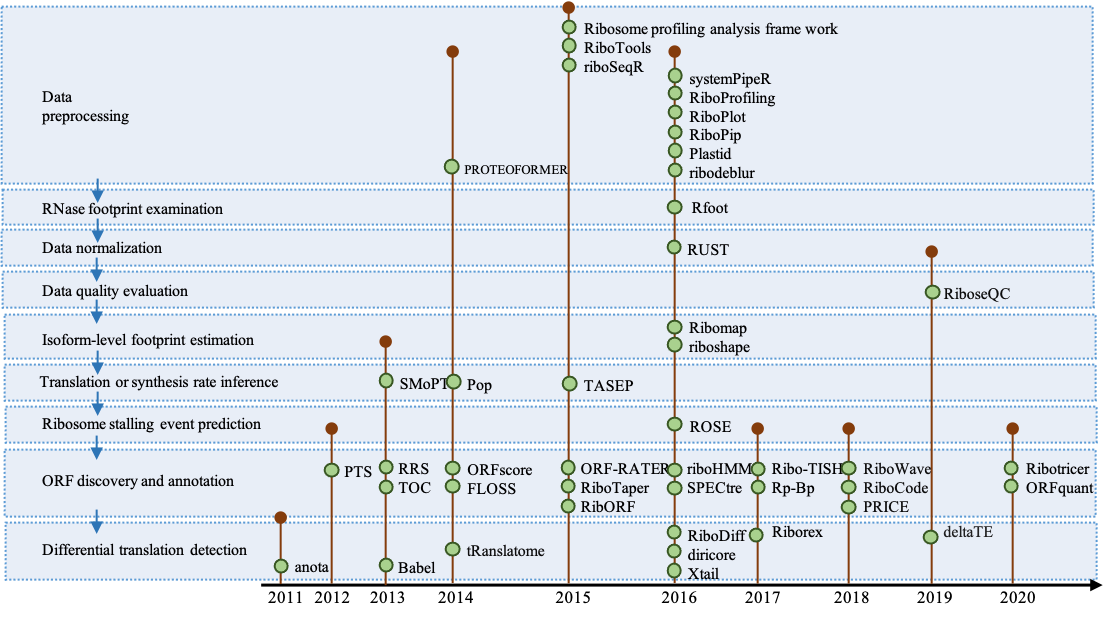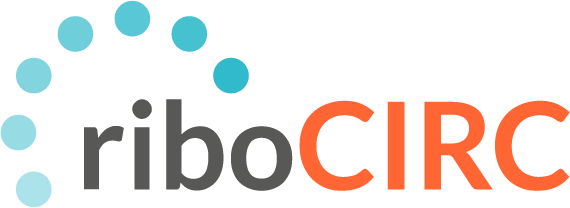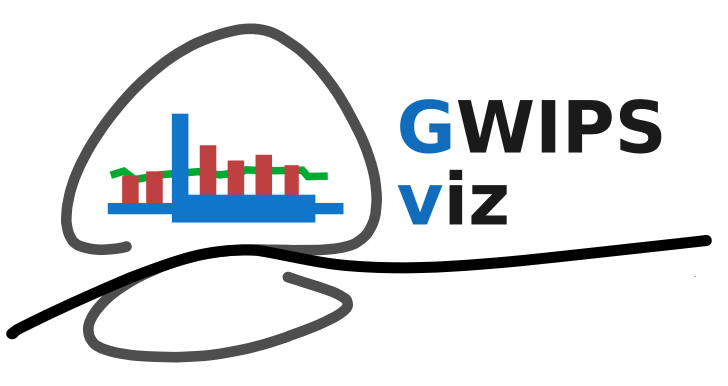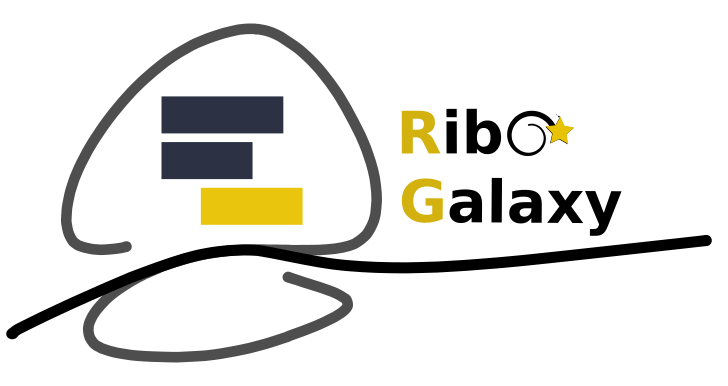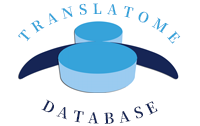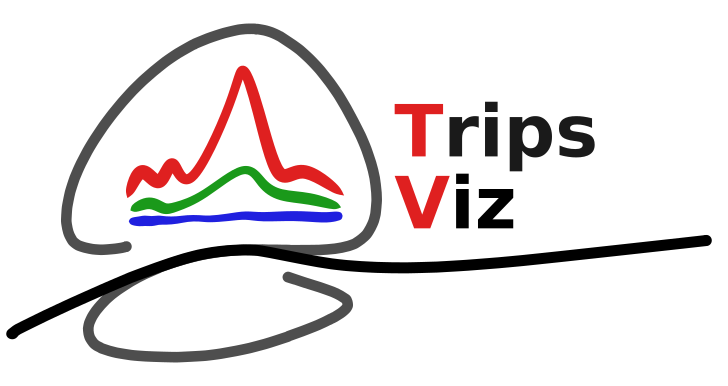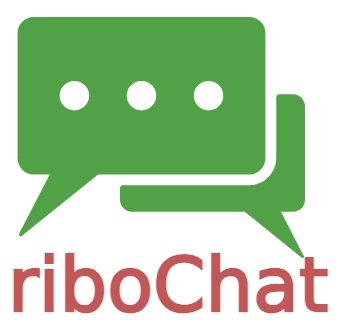Sequencing techniques
(1) Bulk ribosome profiling
a. standard Ribo-seq (~106–107 cells)- Genome-wide analysis in vivo of translation with nucleotide resolution using ribosome profiling. Science. 2009 Apr 10;324(5924):218-23.
b. RiboLace (~105 cells) - Active Ribosome Profiling with RiboLace. Cell Rep. 2018 Oct 23;25(4):1097-1108.e5.
c. RNase footprinting (As low as 1000 cells) - Low-input RNase footprinting for simultaneous quantification of cytosolic and mitochondrial translation. Genome Res. 2022 Mar;32(3):545-557.
d. nanoRibo-seq (As low as 1000 cells) - Development of nanoRibo-seq enables study of regulated translation by cortical neuron subtypes, showing uORF translation in synaptic-axonal genes. Cell Rep. 2023 Aug 24;42(9):112995.
e. Ribo-lite (As low as 50 cells) - Ultrasensitive Ribo-seq reveals translational landscapes during mammalian oocyte-to-embryo transition and pre-implantation development. Nat Cell Biol. 2022 Jun;24(6):968-980.
(2) Single-cell ribosome profiling
a. scRibo-seq - Single-cell Ribo-seq reveals cell cycle-dependent translational pausing. Nature. 2021 Sep;597(7877):561-565.
b. Ribo-ITP - Single-cell quantification of ribosome occupancy in early mouse development. Nature. 2023 Jun;618(7967):1057-1064.
(3) Spatial ribosome profiling
a. RIBOmap - Spatially resolved single-cell translatomics at molecular resolution. Science. 2023 Jun 30;380(6652):eadd3067.
(4) Transcriptome and translatome dual-omics
